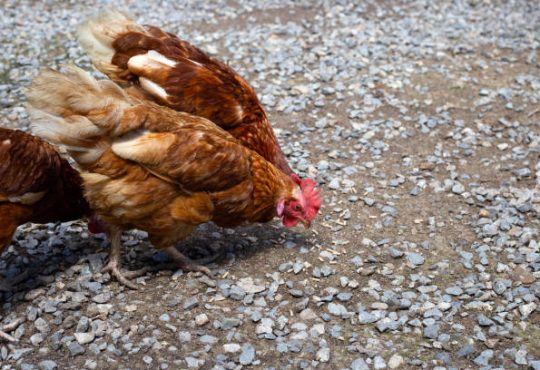
Do Cats Get Colds?
As humans, our feline companions may catch colds as well. Colds ( or upper respiratory infection [URI(also known as upper respiratory infection [URI]) is among the most prevalent illnesses observed in kittens. Colds are particularly prevalent in areas where many cats share a space, like pet shops, shelters, and breeding facilities. Like children in daycares, kittens at shelters or pet stores are more prone to developing UTIs (URIs) because of their naive immune systems and proximity to other felines.
What is a URI?
Upper respiratory illnesses are diseases of the pharynx, nose, and larynx caused by viruses and bacteria. The most frequent viruses are the calicivirus and herpes, and the most prevalent pathogens include mycoplasma, chlamydia, and Bordetella species. Some of these are spread via an aerosolization process.
When a sick cat sneezes, numerous tiny droplets containing the infective agents release into the atmosphere. The droplets are tiny enough that they can remain in the air for long distances and be able to infect cats from space. It is not difficult to see why upper respiratory infections rapidly spread in the vast cat population. One sick cat to transmit an upper respiratory infection across the whole cat population. Infections can spread via direct contact or indirectly through fomites. Fomites are inanimate objects that spread diseases when contaminated and covered in infectious agents. Fomites can be found in towels, bedding materials, and foodstuffs bowls. It appears that your mom was correct when she said that you protect your nose when you are prone to sneezing and advised you to cleanse your hands by washing them with soap!
Cat symptoms and signs of colds
Most cats only experience minor symptoms, like sniffing, a nasal discharge, and eyes that water and usually disappear without treatment. Vulnerable cats, like the young, extremely old, or those already suffering from illness, may develop more serious infections. Cats suffering from severe upper respiratory infections can be affected by:
- A fever
- Thick, yellowish nasal or eye discharge
- Appetit loss
- Dehydration
- and may also become irritable.
Treatment for colds in cats
Treatment for upper respiratory infections is dependent on the degree of the disease. Although symptoms can be unpleasant, some mild, simple URIs can be treated independently, as with typical colds, and usually disappear without treatment. More severe infections might require eye or oral medication by the primary signs. Cats who do not eat or drink might need additional treatments such as liquids in the subcutaneous area, stimulants for appetite, or even hospitalization. The best way to know your cat’s remedy is to contact your vet. Based on the signs your cat displays and general health, your vet will determine if your cat needs to be examined as soon as possible and if it is necessary to administer medication.




